Description
There are 3 heating zones with a maximum temperature of 450 °C.
The Polylab system is comprised of a drive unit, a barrel unit, a water-bath, and a 3D printing filament haul off unit.
This extruder is well-suited to experimentation such as characterising the influence of additives to polymer melts and assessing the processability.



